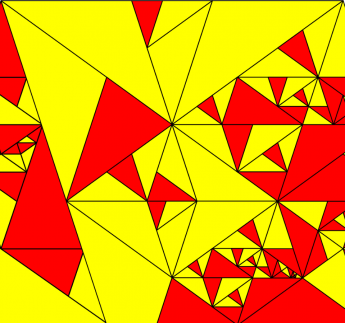In the spring 2023 semester, the mathematics department is offering a new course on experimental mathematics (MATH 498E). Taught by Rodrigo Treviño, the course is a student-led, research project-based course. There are 12 enrolled students working on 5 different projects and using CoCalc as their collaboration platform.
We have a new webpage
And a new name. New activities will be posted soon.
The old webpage can still be found here.
